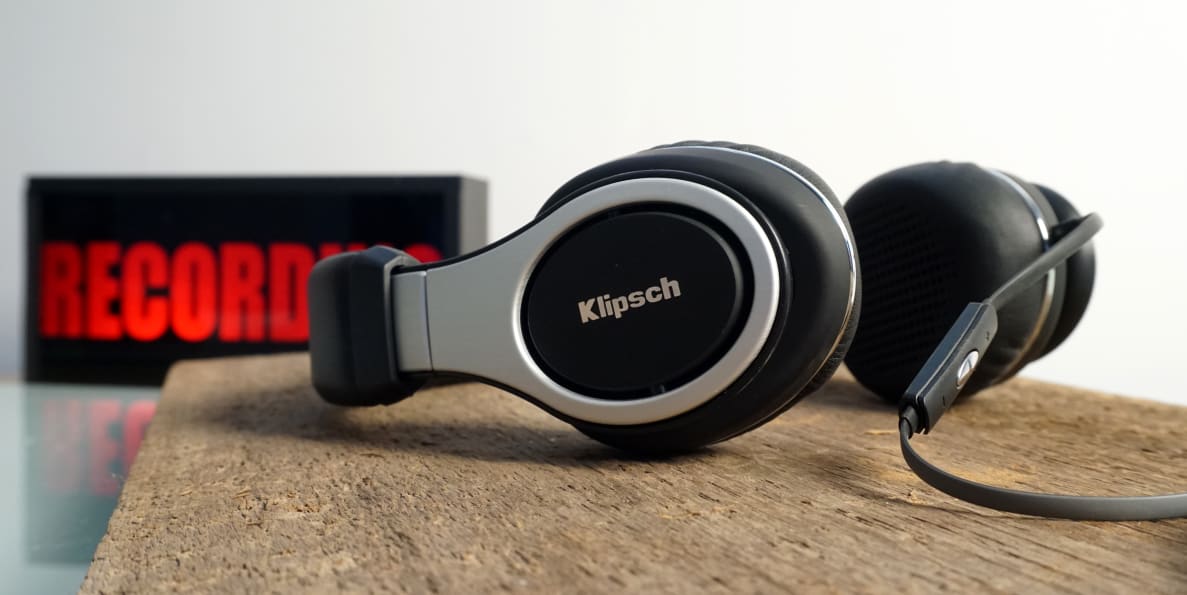The Klipsch Reference On-Ears (MSRP $199) don't squeeze and pinch your ears the way some on-ear cans do, but given their price, they're not exactly winning in the bang-for-your-buck department.
From style to performance, the Reference On-Ears simply do not make a compelling case for their price tag. In fact, their comfortable fit is about the only area where these headphones excel; there's simply no way to justify the $200 asking price.
The Outfit
Comfort at the expense of style
Though there are certainly exceptions, on-ear headphones aren’t exactly known for their handsome looks. And although you can see the effort on Klipsch’s part to make the Reference On-Ears as clean as possible from a design standpoint, there’s not much in the way of actual style here.
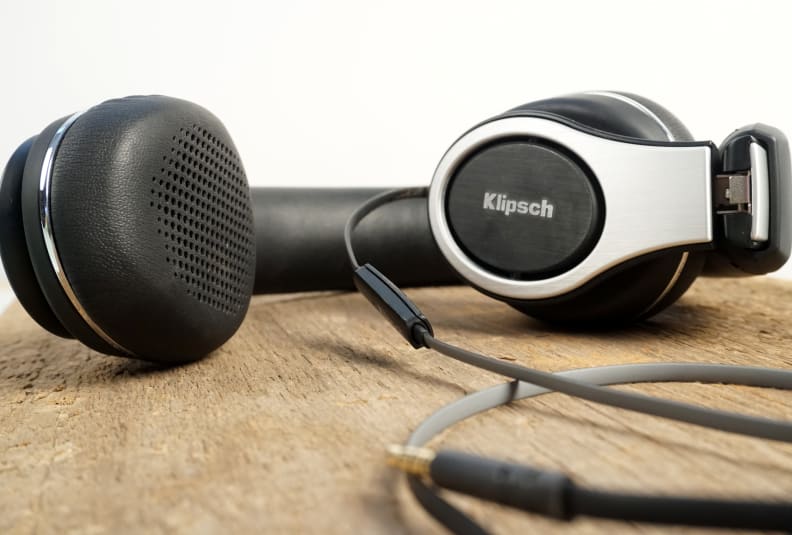
There's plenty of plush, cushiony leather to keep these cans from being uncomfortable, but the cups themselves are relatively bulky.
Between the wide arc of the band and the somewhat bulky size of the cups, the Reference On-Ears sit a little too far from the listener’s head. The result is a pair of headphones that look much bigger than they actually are when they’re in use.
This less-than-elegant design—coupled with Klipsch’s “no frills, less-is-more” aesthetic—leaves the Reference On-Ears looking like cheap, commercial headsets, not unlike the ones found in call centers. There’s value in minimalism, but minimalism without style isn’t exciting.
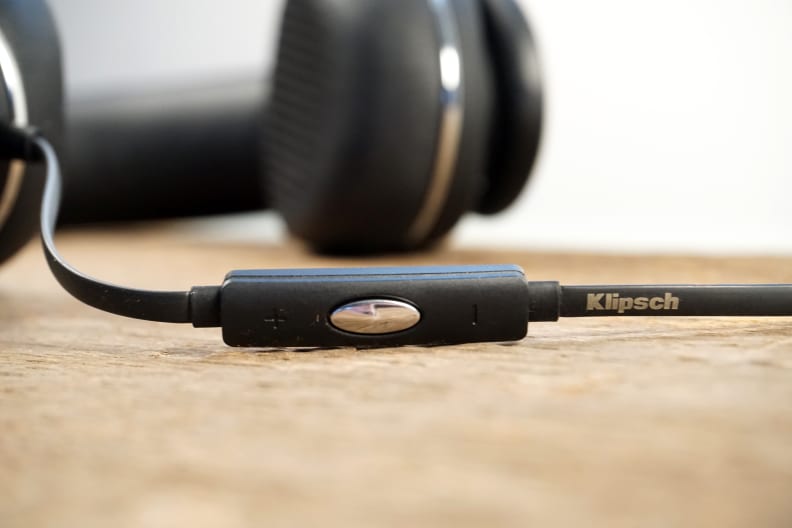
Although the Reference On-Ears feature a remote with three responsive, easy-to-distinguish buttons, the remote itself is a little bit too thick for its cord.
The good news is that the Reference On-Ears are actually quite comfortable, particularly when it comes to long-term use. The cups create a healthy seal on the ears, and thanks to their generous amount of leather padding, they never feel like they’re pressing too hard against the sides of your head.
Attached is a flattened, tangle-resistant cord that features a three-button remote and microphone. Although the buttons on the remote are easily distinguishable and responsive, the remote itself is thick, especially when compared to the cord it's connected to.
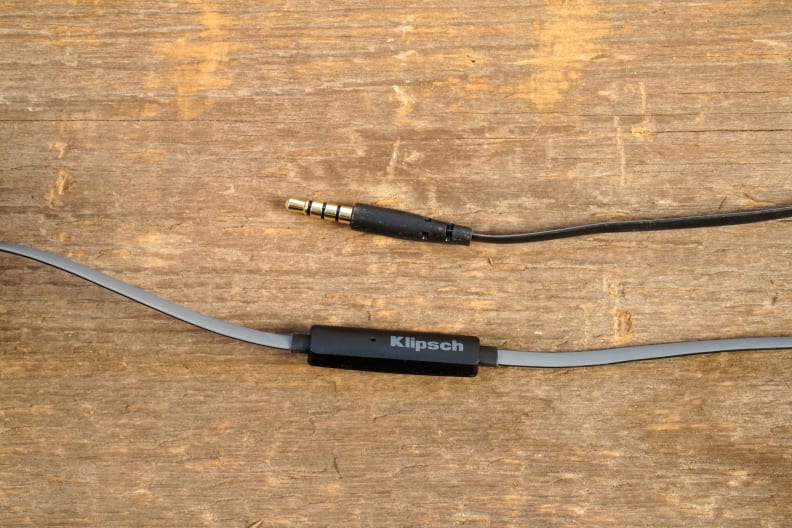
The cord is flat and tangle-resistant.
The Reference On-Ears ship with a silky smooth traveling bag, and the cups fold inwards towards the band via two respective points of articulation.
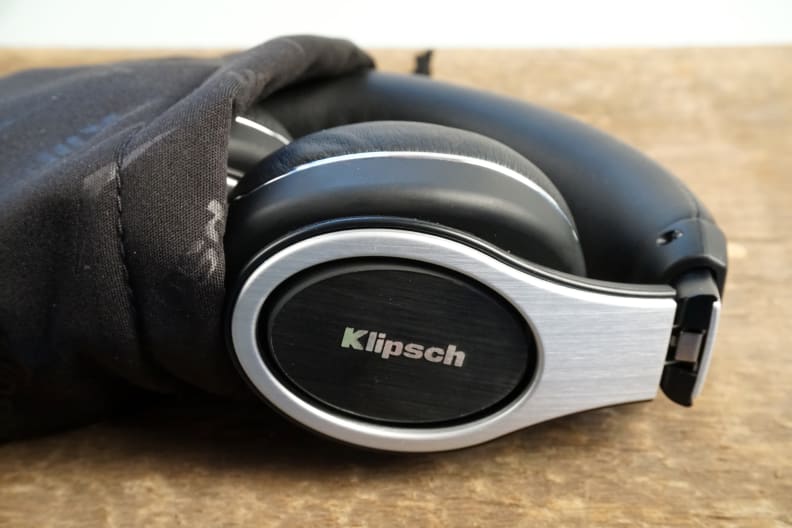
Every pair of the Reference On-Ears ships with a pouch. The headphones collapse for easy storage.
The Audio
Audiophiles beware
Typically, on-ear headphones struggle with isolation. Unlike in-ear or over-ear headphones, which create a natural seal between your ear and the tunes you're hearing, on-ear headphones lack a robust seal, which usually leads to an uptick in ambient noise. Essentially, if you're planning on getting a good amount of mileage out of your headphones on the bus or train, on-ears might not be the best option.
Fortunately, the Reference On-Ears are better-than-average in this regard, and block a significant amount of higher-pitched ambient noise. Ordinarily, this type of isolation is a trade-off: What you gain in isolation you lose in comfort. The Reference On-Ears, however, manage to skate by without sacrificing comfort. For more on isolation and for the rest of our test results, jump over to the Science page.
That said, there are some significant shortcomings consumers should be aware of before dropping a couple of hundos on the Reference On-Ears.
In the days I spent cycling through my music catalog with these Klipsch on-ears, I began to notice a distinct lack of clarity in the low-end. Albums that showcase bassy elements, like Kendrick Lamar's To Pimp a Butterfly, seemed muddied on the Reference On-Ears.
More over, musical moments that highlight delicate, airy noises—like spoken-word samples or splash cymbals—don't get the proper attention they deserve.
None of these shortcomings are egregious in nature, but they certainly raise a critical question: Should anyone be spending a couple hundred bucks on headphones that can't seem to pull their own weight?
It'd be one thing if these cans were priced accordingly and not touted as a "reference" model, but given their performance, there just doesn't seem to be a justifiable reason to spend so much on what you're getting here.
The Verdict
Headphones without a home
Since they don't excel in performance or style, it's difficult to assign a home for the Klipsch Reference On-Ears. They're certainly as comfortable as on-ears ought to be, but customer's wading in the $150-$300 range owe it to themselves to explore better options.
If stylish, reference-level on-ears are what you're after, take a look at the P5 Series from Bowers & Wilkins. They'll likely cost you a little more than the $200 Klipsch Reference On-Ears, but that's money well spent on what might be the best-looking on-ears on the market. From a performance standpoint, you'll also be stretching your dollar, as the P5 Series outperform Klipsch's Reference On-Ears in nearly every category.
For a sexier (and more reliable) blend of style and substance, consider the Beats Solo2 on-ears, which took home one of our coveted Best of Year badges late last year. Be advised, however, that these cans did not rest comfortably our editorial staff's ears. The Klipsch Reference On-Ears (MSRP $199) strike a middle-ground in terms of performance. While they don’t overtly struggle with any one performance area, neither do they excel in a way that helps them stand out.
Testing revealed a frequency response curve that’s quite similar to an equal-loudness contour, but under-emphasizes upper midrange and lower treble range tones a little too much, making musical elements like cymbals and overtones hard to hear.
We also found a tendency to favor the right channel’s volume over the left, and slightly more distortion in the sub-bass range than we’d like to see. Finally, while the Reference On-Ears are quite comfortable, their gentle seal means they don’t block much by way of ambient noise.
Frequency Response
Headphones tend to fall into two categories in terms of how they sound. They either aim for a flat, even emphasis across the frequency spectrum—a schema favored by audiophiles and professionals—or they tend to follow an equal-loudness contour, emphasizing frequencies based on how we hear them.
The Reference On-Ears fall into the latter category, boosting sub-bass, bass, and midrange elements from 20 to about 400 Hz. Unfortunately, the left and right channels tend to disagree on this—the left channel adds more bass than the right channel, resulting in a slightly uneven sound.
Emphasis tapers off into the midrange, which is fine—we hear midrange frequencies better than sub-bass and bass frequencies. In line with the equal-loudness contour, the Reference On-Ears continue to de-emphasize into the upper midrange and lower treble range, starting at 1kHz and gradually decreasing response until about 4.5kHz.
Unfortunately, this means that some bass elements are sounding as loud as 82 dB, while some treble frequencies are sounding as low as 60 dB. This discrepancy between the two can create an imbalance in perceptibility—bass simply tends to drown out those frequencies, which is never favorable.
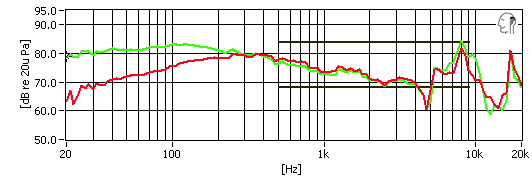
Tracking
Our tracking test measures the relative volume of playback in the right and left channels, or speakers. Ideally, headphones will sound with equal volume in both channels, but many have small—mostly imperceptible—discrepancies between the two.
The Reference On-Ears struggle with this more than most. Across almost the entire sub-bass/bass frequency range, music is notably louder in the left channel than in the right, by as much as 15 dB at times, which is quite audible.
Things even out in the midrange, but this tracking error in bass can be very distracting.

Total Harmonic Distortion
Total Harmonic Distortion (THD), sometimes just called distortion, refers to natural unwanted noise produced by speakers during operation. This noise can range from fuzzy, mechanical sounds in bass frequencies or clipped harmonics in higher frequencies. Ideally, a set of headphones will test with less than 3% THD across the frequency spectrum, though many struggle with sub-bass distortion.
The Reference On-Ears are distortion free from 100 to 10kHz—most of the frequency range—which is a great result. Unfortunately, the sub-bass is plagued by excess distortion, especially in the right channel, which nets as much as 12% THD in sub-bass areas.

Attenuation
Attenuation, or isolation, refers to how well a set of headphones passively (or actively) cancels ambient noise, either through an active destructive interference process, or by simply covering your ears.
On-ears like the Reference On-Ears don’t always perform terrifically in this regard, as excessive clamping can be painful, but a gentle seal often leaks in ambient noise. These Klipsch cans do better than average, however, blocking as much as 40 dB of noise in the upper midrange and treble frequencies, which means high-pitched sounds like ringtones and sirens are reduced to 25% of their original volume.
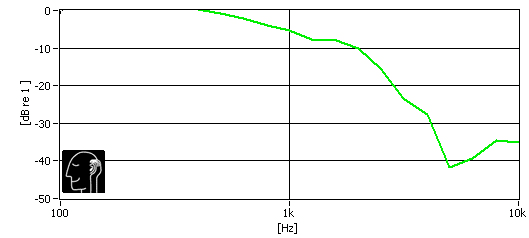
Meet the testers
Michael Desjardin graduated from Emerson College after having studied media production and screenwriting. He specializes in tech for Reviewed, but also loves film criticism, weird ambient music, cooking, and food in general.
Lee was Reviewed's point person for most television and home theater products from 2012 until early 2022. Lee received Level II certification in TV calibration from the Imaging Science Foundation in 2013. As Editor of the Home Theater vertical, Lee oversaw reviews of TVs, monitors, soundbars, and Bluetooth speakers. He also reviewed headphones, and has a background in music performance.
Checking our work.
Our team is here for one purpose: to help you buy the best stuff and love what you own. Our writers, editors, and lab technicians obsess over the products we cover to make sure you're confident and satisfied. Have a different opinion about something we recommend? Email us and we'll compare notes.
Shoot us an email
